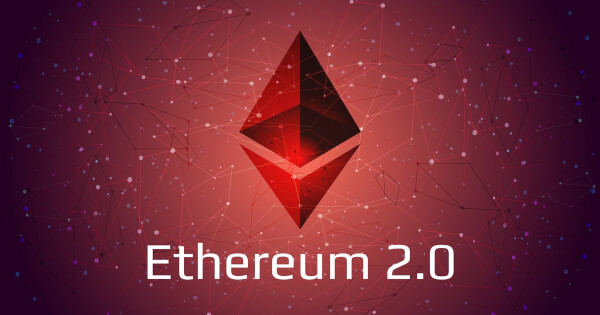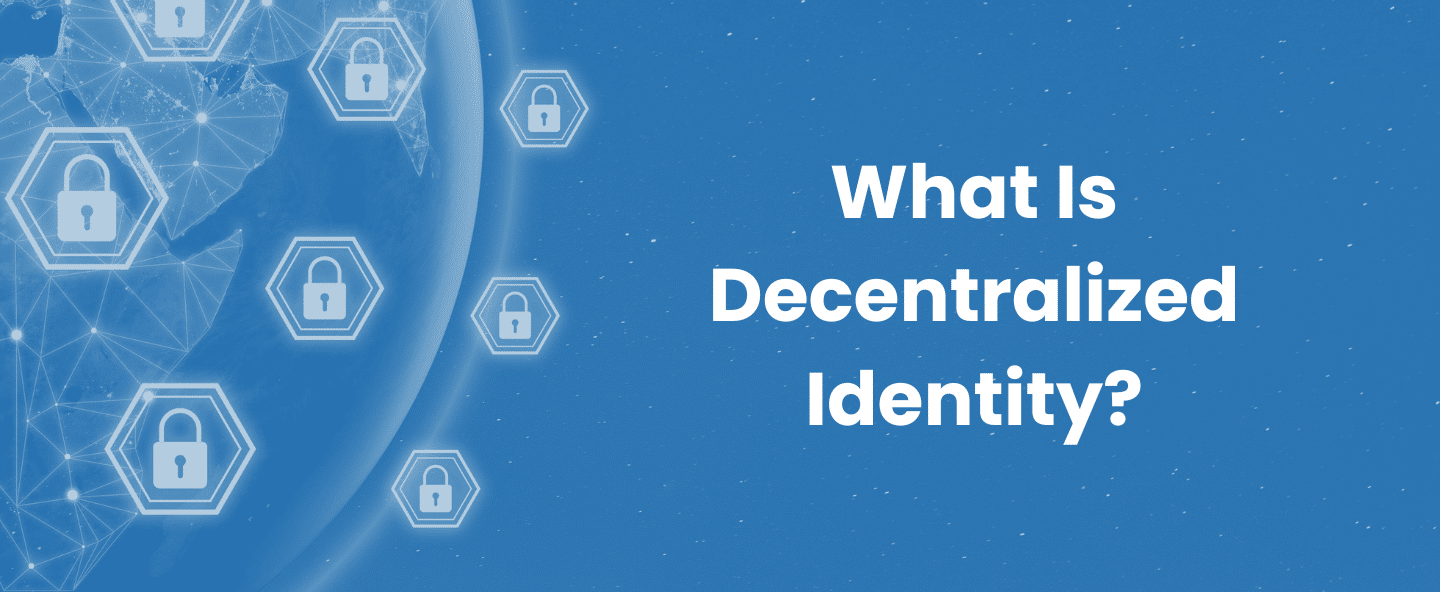Ethereum 2.0: Complete Guide to the Upcoming Upgrades and What They Mean for the Future of Blockchain
Ethereum is one of the most well-known and widely used blockchain networks in the world, but like any technology, it has faced challenges over the years. The Ethereum network’s original design, built on a Proof of Work (PoW) consensus mechanism, began to show its limitations as the network grew. These challenges included issues related to scalability, transaction speed, energy consumption, and high gas fees.
Enter Ethereum 2.0, also known as Eth2, a major upgrade designed to resolve these issues and improve the network’s overall performance. Ethereum 2.0 is a series of upgrades to Ethereum’s infrastructure, and the goal is to make the network faster, more secure, and more energy-efficient. This article explores the key upgrades, their significance, and the future impact of Ethereum 2.0 on the blockchain ecosystem.
What is Ethereum 2.0?
Ethereum 2.0 is not just a simple update to the Ethereum network. It is a complete overhaul of the system’s core structure. The upgrades are focused on transforming Ethereum into a more scalable and sustainable platform by replacing the existing Proof of Work (PoW) consensus algorithm with Proof of Stake (PoS) and introducing new mechanisms to improve the scalability and performance of the network.
Ethereum 2.0 is being implemented in phases, with each phase designed to achieve specific goals. The most significant goal of Ethereum 2.0 is to address Ethereum’s scalability issues and reduce the network’s environmental impact while increasing the overall security of the system.
Let’s dive into the specifics of these Ethereum 2.0 upgrades and explore how they will reshape the Ethereum ecosystem.
Phase 0: The Beacon Chain (December 2020)
The journey towards Ethereum 2.0 began with the launch of the Beacon Chain in December 2020. This was the first phase of the upgrade and marked the beginning of the shift from Proof of Work (PoW) to Proof of Stake (PoS). The Beacon Chain serves as the backbone of Ethereum 2.0, providing the necessary infrastructure for staking and the coordination of the Ethereum 2.0 network.
What is Proof of Stake (PoS)? Proof of Stake is a consensus mechanism that allows Ethereum to verify transactions and secure the network without requiring the energy-intensive mining process used in Proof of Work. Instead of miners solving complex mathematical problems to validate transactions, PoS allows users to stake their Ether (ETH) as collateral. Validators are chosen to propose and validate new blocks based on the amount of ETH they have staked and how long they have been staking it.
By introducing PoS, Ethereum 2.0 drastically reduces the energy consumption of the network compared to PoW, addressing one of the most significant criticisms of the original Ethereum blockchain.
The Beacon Chain runs parallel to the original Ethereum chain, but it does not yet process transactions or smart contracts. Its primary function during this phase was to implement PoS and establish the staking mechanism.
Phase 1: The Merge (September 2022)
After the successful launch of the Beacon Chain, the next major phase of Ethereum 2.0 was the Merge, which took place on September 15, 2022. This was the moment when Ethereum fully transitioned from PoW to PoS. The Merge brought the Ethereum mainnet (the original Ethereum chain) and the Beacon Chain together.
Why the Merge Was So Important The Merge was a significant event because it marked the end of Ethereum’s reliance on energy-consuming PoW mining. Instead, the network now operates entirely on PoS, which has made Ethereum much more energy-efficient. According to Ethereum’s developers, the energy consumption of the network has decreased by more than 99% after the Merge.
This shift also improved the security of the network, as PoS is considered more resistant to certain types of attacks compared to PoW. Additionally, the transition to PoS made Ethereum more environmentally sustainable, addressing concerns that were raised regarding its ecological footprint.
The Merge laid the groundwork for further scalability improvements, particularly in the next phases of Ethereum 2.0.
Phase 1.5: The Shard Chains
The next phase in Ethereum 2.0’s roadmap is the introduction of shard chains. Sharding is a method of partitioning the Ethereum blockchain into smaller, more manageable pieces, or “shards,” that can process transactions and execute smart contracts independently.
The goal of sharding is to increase Ethereum’s scalability, allowing it to handle a significantly larger number of transactions per second (TPS). Currently, Ethereum’s capacity is limited to around 15 TPS, which can cause congestion and high gas fees during periods of high demand. By splitting the network into multiple shards, Ethereum can process transactions in parallel, increasing its throughput and reducing the overall load on the network.
How Does Sharding Work? Each shard is its own blockchain, and each one can process transactions and smart contracts independently. The network will include a beacon chain that coordinates the various shards and ensures that they work together cohesively. This multi-shard system will dramatically improve Ethereum’s scalability.
Sharding is expected to be rolled out in stages, with the first version of the shard chains expected to be implemented in the coming years. This upgrade will allow Ethereum to support a larger user base and new applications while reducing the burden on individual shards.
Phase 2: The Full Implementation of Shard Chains and Other Enhancements
The final phase of Ethereum 2.0 involves the full implementation of sharding and the introduction of other enhancements to Ethereum’s functionality. This phase will ensure that the Ethereum network can support a much larger number of decentralized applications (dApps) and continue to grow in both performance and user adoption.
In addition to sharding, Ethereum 2.0 will also introduce new technologies such as danksharding and proto-danksharding, which will further improve the efficiency of transaction processing. These upgrades are intended to reduce fees and enhance the network’s overall performance by improving how data is stored and shared across the network.
Ethereum 2.0’s Impact on Decentralized Finance (DeFi) and dApps
Ethereum is the backbone of many decentralized applications (dApps) and decentralized finance (DeFi) protocols. These applications have grown significantly in recent years, with Ethereum hosting thousands of DeFi protocols, NFT platforms, and other decentralized projects.
With Ethereum 2.0’s improvements, particularly in scalability and transaction speed, the network will become even more attractive for developers and users. The introduction of sharding and danksharding will enable Ethereum to process far more transactions simultaneously, reducing congestion and making the network more efficient.
In addition, the significant reduction in gas fees will make it cheaper for users to interact with DeFi protocols, increasing the accessibility and usability of the ecosystem. These improvements will likely drive even more adoption of Ethereum-based projects and further solidify Ethereum as the leading platform for dApps and DeFi.
The Road Ahead: Ethereum’s Continued Evolution
Ethereum 2.0 is not the end of Ethereum’s journey—it is a major step in the ongoing evolution of the network. Ethereum’s developers continue to refine and improve the system with each upgrade, and the roadmap for Ethereum’s future is filled with ambitious goals.
Ethereum 2.0’s focus on scalability, security, and sustainability positions it as a leader in the blockchain space. As the network continues to evolve, we can expect Ethereum to become more efficient, capable of supporting a wide range of decentralized applications, and capable of handling millions of transactions per second.
In conclusion, Ethereum 2.0 represents a monumental shift in the world of blockchain. The transition to Proof of Stake, the implementation of shard chains, and the promise of higher throughput and reduced fees will allow Ethereum to continue playing a central role in the development of decentralized applications and the broader blockchain ecosystem.
Ethereum 2.0 is an upgrade that will have lasting effects not just on the Ethereum network, but on the entire cryptocurrency and blockchain industry. As the upgrade process unfolds, Ethereum will become a faster, more secure, and more scalable platform, setting the stage for the next generation of decentralized applications. The future of Ethereum looks brighter than ever, and Ethereum 2.0 is just the beginning.




